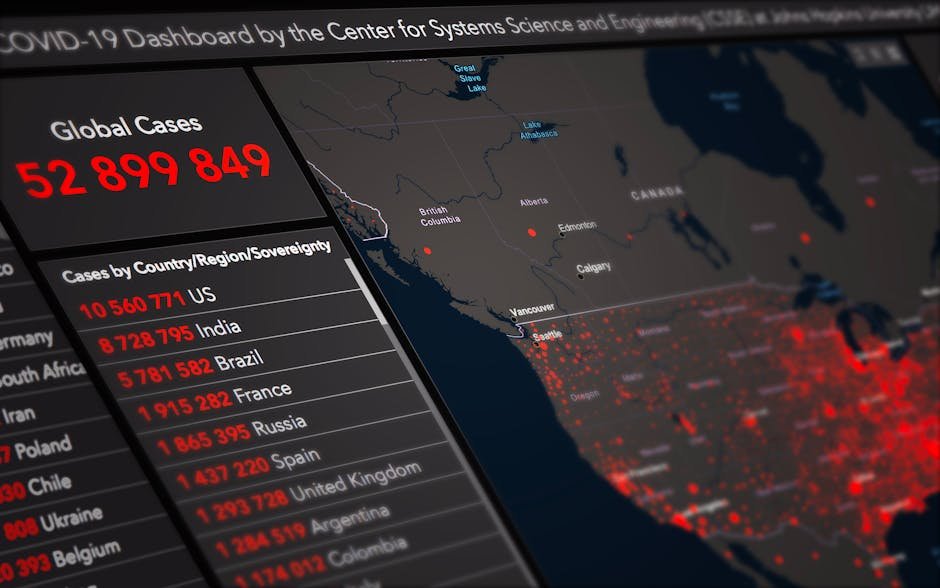Remote Work in 2025: A Shifting Landscape
Remote work, once a fringe benefit, has become a cornerstone of modern employment in 2025. While initial enthusiasm following the 2020-2022 pandemic surge has tempered, the model persists, albeit in a significantly evolved form. This article analyzes the current state of remote work, highlighting key trends and challenges shaping its future.
The Evolving Definition of Remote Work
In 2025, the concept of remote work is far more nuanced than its initial perception. The simple binary of “in-office” versus “remote” has blurred. Hybrid models, combining both in-office and remote days, are now the dominant paradigm for many companies. This shift reflects a growing understanding of the need for both collaborative in-person interaction and the flexibility offered by remote work. Furthermore, the geographical distribution of remote workers has broadened significantly.
Geographic Dispersion and its Challenges
The geographic distribution of remote workers continues to expand, with a notable rise in workers based in less traditional tech hubs. This expansion, while beneficial for individual workers seeking a wider range of opportunities and lower living costs, presents challenges for companies. Managing geographically dispersed teams requires robust communication infrastructure and careful consideration of time zone differences and cultural nuances. Maintaining company culture and fostering team cohesion across significant geographical distances also remains a significant hurdle. Legal compliance and tax implications across different jurisdictions further complicate the logistical landscape for many businesses.
The Impact on Employee Productivity and Wellbeing
Initial studies suggested a correlation between remote work and increased employee productivity. However, data from 2025 indicates a more complex picture. While some sectors have experienced productivity gains, others have observed a decrease, highlighting the critical role of individual work style and effective management in maximizing the potential of remote work arrangements.
The Mental Health Factor
The impact of remote work on employee wellbeing is a subject of ongoing debate. While the flexibility afforded by remote work can alleviate stress associated with commuting and rigid office schedules, it can also lead to feelings of isolation and burnout for some. Data collected in 2025 suggests a rise in reports of loneliness and difficulties in separating work life from personal life amongst remote workers. Businesses are actively exploring strategies for mitigating these challenges, including enhanced virtual team-building activities and robust mental health support programs.
The Technological Infrastructure of Remote Work
The success of remote work in 2025 is inextricably linked to technological advancements. Reliable high-speed internet access is a prerequisite, and the demand for robust collaboration tools continues to escalate. Video conferencing, project management software, and secure communication platforms are indispensable for maintaining productivity and facilitating teamwork in geographically distributed teams.
Cybersecurity and Data Protection
The increasing reliance on technology in remote work settings has simultaneously amplified cybersecurity risks. Data breaches and cyberattacks targeting remote workers have become more frequent, leading to increased scrutiny of security protocols and a greater investment in cybersecurity infrastructure by businesses. The robust protection of sensitive company data remains a paramount concern in the age of widespread remote work.
The Future of Remote Work: Predictions and Challenges
Looking ahead, the future of remote work in 2025 and beyond remains dynamic and uncertain. The ongoing evolution of technology will continue to reshape the remote work landscape. The development of more sophisticated collaborative tools and enhanced cybersecurity measures are crucial for addressing existing challenges and fostering further growth in remote work adoption.
Key Trends and Predictions for the Remainder of 2025:
- Increased emphasis on asynchronous communication: To mitigate challenges posed by time zone differences and allow for flexible scheduling.
- Greater investment in employee well-being programs: Addressing issues such as burnout, loneliness, and work-life balance.
- Refinement of hybrid work models: Finding optimal balance between in-office collaboration and remote flexibility.
- Continued expansion of remote work opportunities: Driven by ongoing technological advancements and evolving employee preferences.
- Heightened focus on cybersecurity: To safeguard against growing threats targeting remote workers and company data.
Conclusion: Navigating the Evolving Landscape
In 2025, remote work is not simply a trend but a transformative force reshaping the world of employment. While challenges remain, including maintaining productivity, addressing employee well-being, and mitigating cybersecurity risks, the overall trend points toward the continued evolution and expansion of remote and hybrid work models. The ability of businesses to adapt to these evolving circumstances, prioritizing employee well-being and investing in appropriate technological infrastructure, will be key to unlocking the full potential of this dynamic and ever-changing work paradigm. Continued monitoring of productivity, employee satisfaction, and cybersecurity remains critical to ensuring the sustained success and growth of remote work in the years to come.







